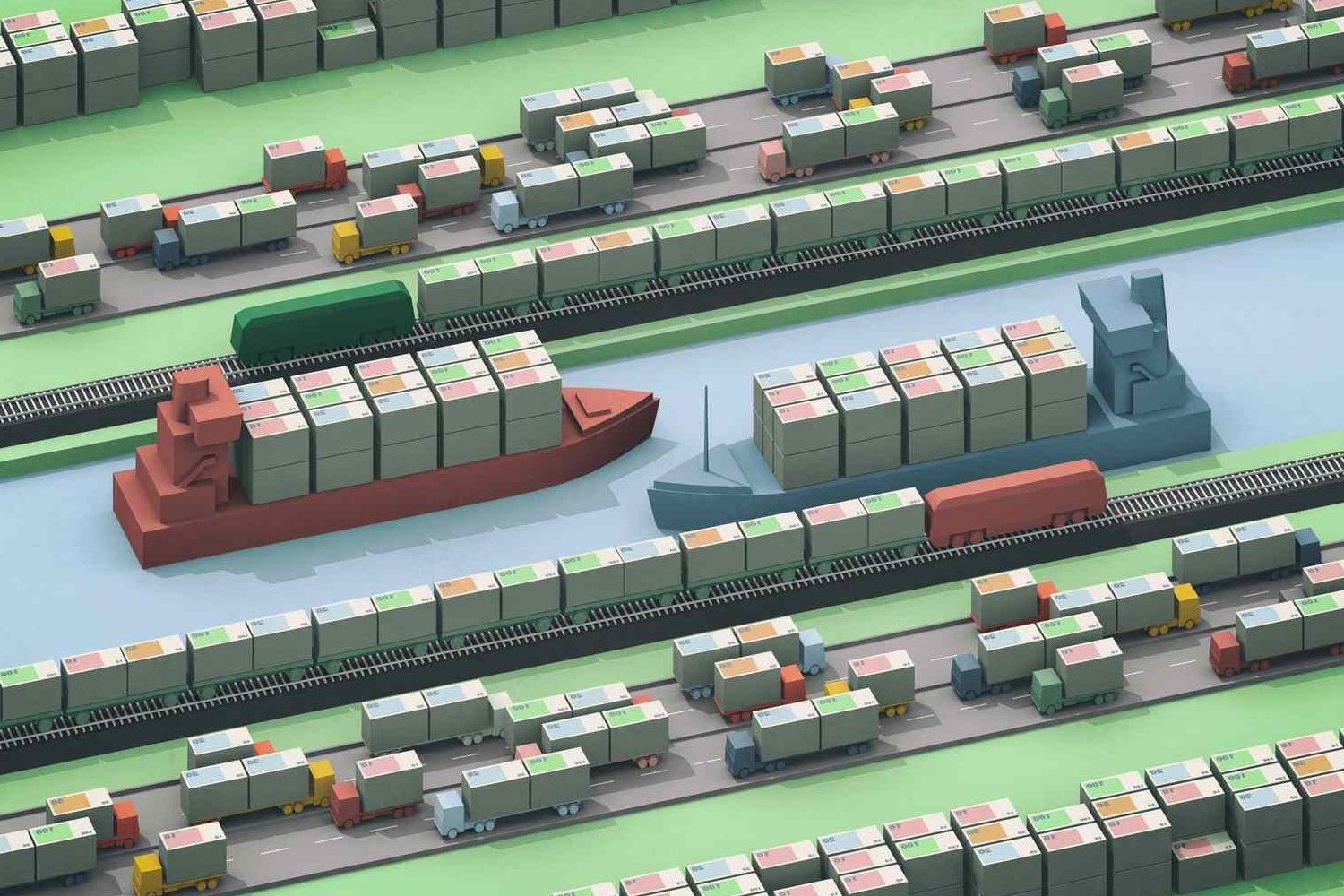
Transport geography is a fascinating field that examines how people, goods, and information move across the globe. Did you know that transport geography not only looks at physical routes but also considers economic, social, and environmental impacts? This branch of geography helps us understand why certain areas become major hubs while others remain isolated. Ever wondered why some cities have extensive public transit systems while others rely heavily on cars? Transport geography provides the answers. From ancient trade routes to modern-day logistics, this field covers it all. Ready to learn some intriguing facts about how our world moves? Let's dive into 27 amazing insights about transport geography!
What is Transport Geography?
Transport geography studies the movement of people, goods, and information across the globe. It examines how transportation systems connect different places and how these connections impact economic, social, and environmental aspects.
-
Transport geography helps understand how transportation networks influence urban development and regional growth.
-
Transportation systems include roads, railways, airways, waterways, and pipelines.
-
Geographers analyze the efficiency and sustainability of these systems.
Historical Development of Transport Geography
The evolution of transport geography has been shaped by technological advancements and societal needs. Here are some key milestones.
-
The Industrial Revolution marked a significant shift in transportation, with the introduction of steam engines and railways.
-
Automobiles and highways revolutionized personal and freight transport in the 20th century.
-
The aviation industry expanded global connectivity, making international travel more accessible.
Modes of Transportation
Different modes of transportation serve various purposes and have unique characteristics. Let's explore some of them.
-
Road transport is the most common mode, offering flexibility and door-to-door service.
-
Rail transport is efficient for long-distance and bulk goods movement.
-
Air transport is the fastest mode, ideal for high-value and time-sensitive cargo.
-
Water transport is cost-effective for heavy and bulky goods over long distances.
-
Pipelines are specialized for transporting liquids and gases.
Environmental Impact of Transportation
Transportation significantly impacts the environment, contributing to pollution and climate change. Understanding these effects is crucial for developing sustainable solutions.
-
Vehicle emissions are a major source of air pollution and greenhouse gases.
-
Maritime transport contributes to water pollution through oil spills and ballast water discharge.
-
Aviation has a high carbon footprint due to fuel consumption and emissions at high altitudes.
-
Noise pollution from transportation affects human health and wildlife.
Innovations in Transport Geography
Technological advancements are transforming transportation systems, making them more efficient and sustainable.
-
Electric vehicles (EVs) reduce reliance on fossil fuels and lower emissions.
-
High-speed rail offers a fast and eco-friendly alternative to air travel for short to medium distances.
-
Autonomous vehicles promise to enhance safety and reduce traffic congestion.
-
Smart transportation systems use data and technology to optimize traffic flow and reduce delays.
Economic Impact of Transportation
Transportation systems play a vital role in economic development by facilitating trade and commerce.
-
Efficient transport networks reduce costs and increase competitiveness for businesses.
-
Logistics and supply chain management rely on reliable transportation to ensure timely delivery of goods.
-
Tourism benefits from accessible and affordable transportation options.
Social Impact of Transportation
Transportation affects social interactions and access to essential services.
-
Public transportation provides mobility for those without private vehicles, promoting social inclusion.
-
Urban planning integrates transportation to create livable and accessible cities.
-
Rural areas often face challenges with limited transportation options, impacting access to healthcare and education.
Future Trends in Transport Geography
The future of transport geography will be shaped by emerging trends and innovations.
-
Sustainable transportation focuses on reducing environmental impact through green technologies and practices.
-
Urban mobility solutions like bike-sharing and electric scooters offer convenient and eco-friendly alternatives for short trips.
The Road Ahead
Transport geography shapes our world in ways we often overlook. From the intricate network of highways to the bustling ports connecting continents, it’s clear that our daily lives depend heavily on efficient transportation systems. Understanding these facts not only broadens our knowledge but also highlights the importance of sustainable and innovative solutions for future challenges.
As cities grow and technology advances, the role of transport geography will become even more crucial. Whether it’s reducing carbon footprints or improving public transit, the decisions we make today will impact generations to come. So next time you’re stuck in traffic or waiting for a train, remember the complex web of geography and planning that makes your journey possible.
Stay curious, stay informed, and appreciate the incredible world of transport geography that keeps us all moving forward.
Was this page helpful?
Our commitment to delivering trustworthy and engaging content is at the heart of what we do. Each fact on our site is contributed by real users like you, bringing a wealth of diverse insights and information. To ensure the highest standards of accuracy and reliability, our dedicated editors meticulously review each submission. This process guarantees that the facts we share are not only fascinating but also credible. Trust in our commitment to quality and authenticity as you explore and learn with us.
